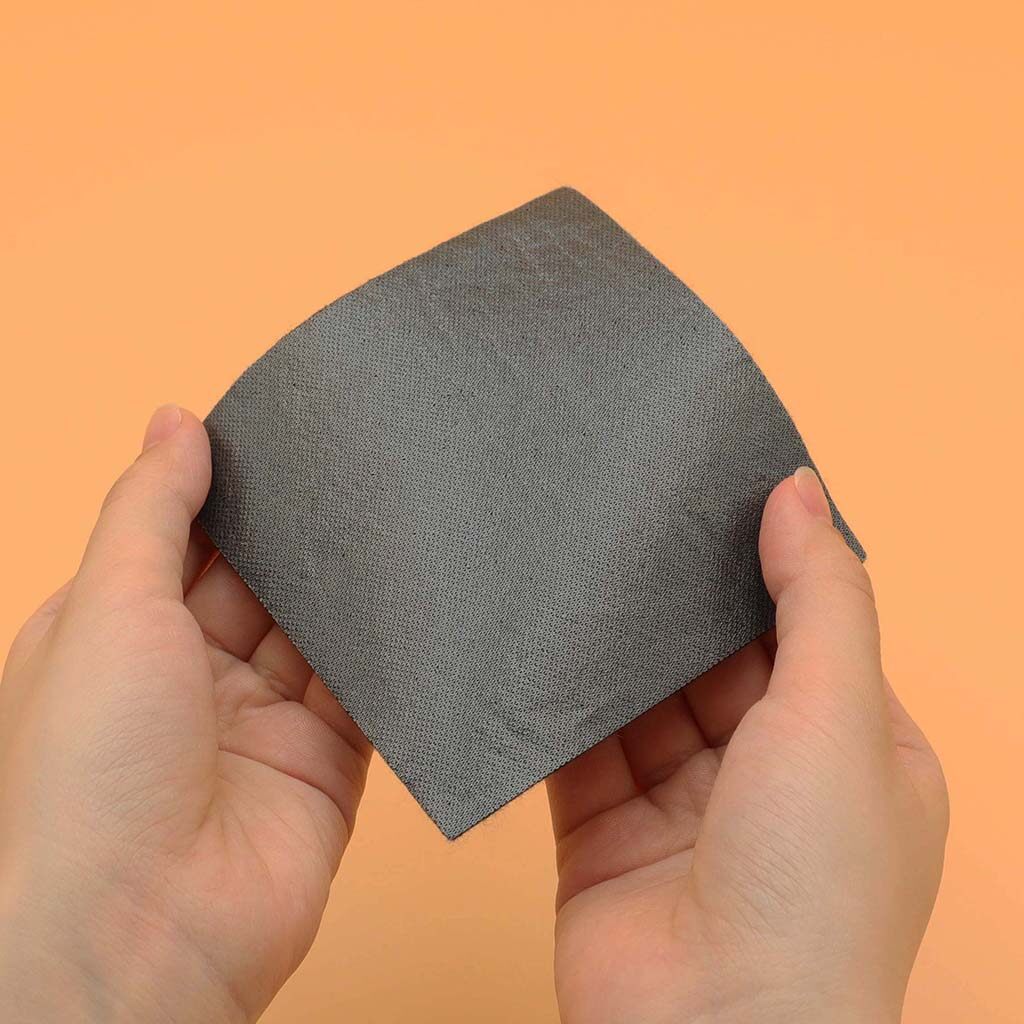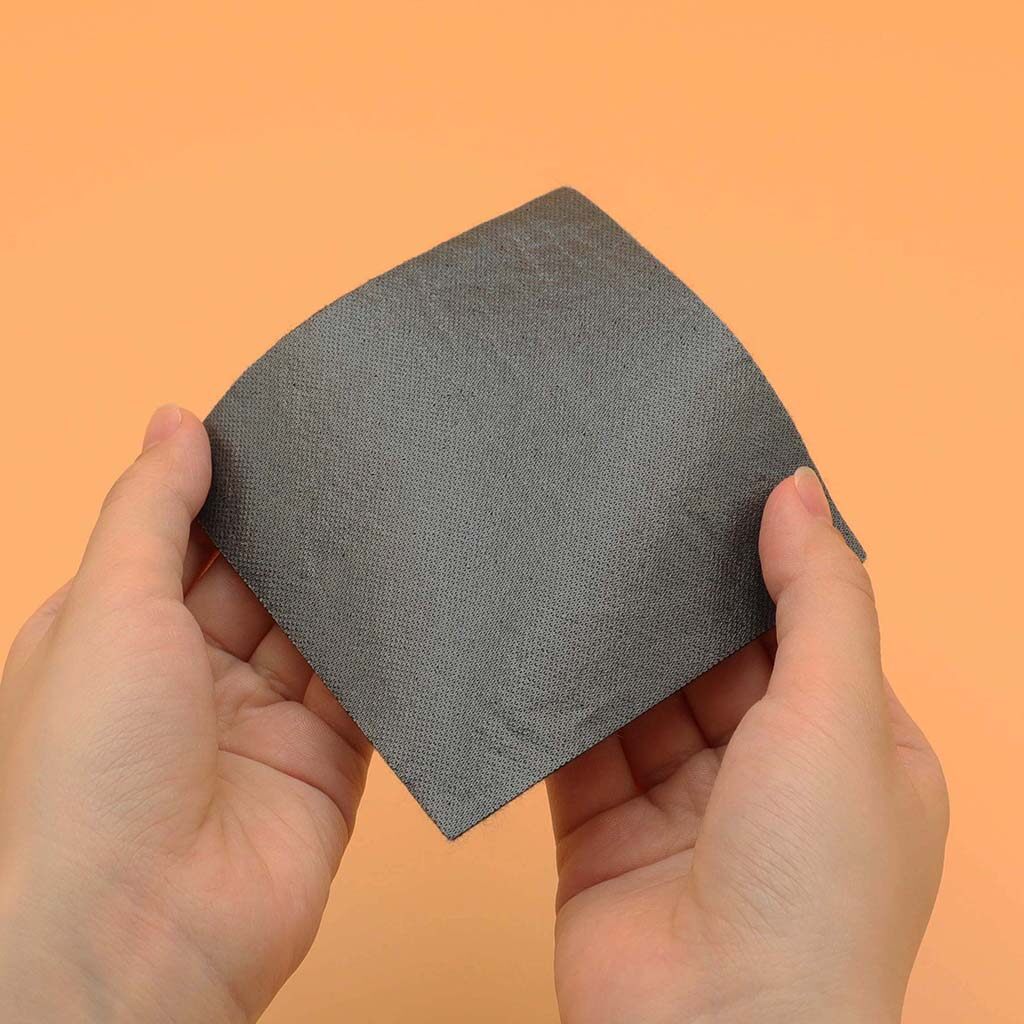Email cannot be empty
Password cannot be empty
Email format error
Email cannot be empty
Email already exists
6-20 characters(letters plus numbers only)
The password is inconsistent
Email format error
Email cannot be empty
Email does not exist
6-20 characters(letters plus numbers only)
The password is inconsistent


A Comprehensive Guide to Home Wound Dressings: Healing Made Easy at Home
Accidents happen. Whether it's a minor scrape from a fall, a deep cut from cooking, or a burn from a too-hot pan, wounds are a part of life. But what happens after the initial injury? How can you ensure that your wound heals properly and stays free from infection, especially when it’s not severe enough to warrant a trip to the doctor? The answer lies in having the right tools at home, including high-quality home wound dressings for sale.
In this blog, we'll delve into everything you need to know about treating wounds at home, focusing on how to choose the right wound dressing, how to apply it, and why it matters. We'll also talk about the different types of home wound dressings available for sale, ensuring that you are well-equipped to handle minor injuries safely and effectively.
The Importance of Proper Wound Care at Home
Proper wound care is crucial not only for healing but also to prevent infections, scarring, and other complications. The moment you sustain an injury, your body starts working to heal the wound, but it needs help. Without the right care, dirt and bacteria can get into the open skin, leading to infections that could complicate your recovery.
That's where home wound dressings come into play. They serve as a barrier against dirt and bacteria while keeping the wound moist to aid the healing process. The good news is that there are various home wound dressings for sale, allowing you to find the right product that fits the specific needs of your wound.
Why Choose Home Wound Dressings?
One of the biggest advantages of using home wound dressings is convenience. When you have the right dressings at home, you don’t have to rush to the pharmacy or hospital for every minor injury. In addition, home wound dressings are designed for ease of use, meaning that even without medical training, you can still treat a wound effectively.
Moreover, with so many home wound dressings for sale online and in stores, you can stock up on the types you need, ensuring you're always prepared for any situation. Whether it’s a small cut, a blister, or a burn, having a well-stocked first-aid kit ensures that you can address the issue promptly, giving you peace of mind.

Different Types of Home Wound Dressings
When you start looking for home wound dressings for sale, you’ll find a wide array of options. Each type of dressing serves a different purpose, so understanding the differences is key to choosing the right one for your specific injury.
Gauze Dressings
Gauze dressings are among the most common types of dressings and are highly versatile. Made from woven cotton, they are used for general wound coverage. Gauze is ideal for absorbing fluids from the wound, but it requires frequent changing to prevent it from sticking to the skin. You can often find gauze dressings for sale in sterile, pre-packaged forms, making them a great addition to your home first-aid kit.
Hydrocolloid Dressings
These dressings are made from a special material that turns into a gel when it comes in contact with the wound's moisture. Hydrocolloid dressings are particularly effective for treating burns, blisters, and ulcers. They keep the wound moist, which promotes faster healing. One of the best things about hydrocolloid dressings is that they don’t need to be changed as frequently, which minimizes irritation. If you're looking for high-quality home wound dressings for sale that provide lasting protection, hydrocolloid dressings are worth considering.
Foam Dressings
Foam dressings are soft, cushioned, and highly absorbent, making them ideal for wounds that produce a lot of fluid. These dressings are gentle on the skin and help maintain a moist environment to encourage healing. Foam dressings are especially helpful for larger or deeper wounds, and they provide some cushioning to protect the injury from further trauma. When browsing home wound dressings for sale, foam dressings are a great option for wounds that need extra padding and protection.
Transparent Film Dressings
These dressings are thin, clear sheets of polyurethane that allow the skin to breathe while keeping bacteria out. They are often used for superficial wounds like abrasions and cuts, as well as to cover IV sites. Because of their transparent nature, they allow you to monitor the wound without removing the dressing. Transparent film dressings are also waterproof, making them perfect for showering while still protecting your wound.
Antimicrobial Dressings
Antimicrobial dressings contain agents like silver or iodine that help reduce the risk of infection by killing bacteria around the wound. These dressings are particularly useful for people who are more prone to infections or for wounds that are at higher risk, such as surgical wounds or diabetic ulcers. You can easily find antimicrobial home wound dressings for sale, giving you an extra layer of defense against infection.
Hydrogel Dressings
Hydrogel dressings are made of water or glycerin-based materials and are perfect for wounds that need extra moisture, such as burns or necrotic (dead tissue) wounds. They cool the wound, provide pain relief, and promote healing by keeping the wound moist. These dressings are especially helpful for dry wounds or those that need help in softening and removing dead tissue.
How to Choose the Right Home Wound Dressing
Choosing the right wound dressing can feel overwhelming with so many options available. However, the type of wound, the location, and the severity will largely dictate which dressing you should use. Here are some tips to help guide your decision:
Consider the Wound Type
-
- For superficial cuts or abrasions, a simple adhesive bandage or transparent film dressing will suffice.
- For deeper cuts or burns, you might need a hydrocolloid or foam dressing.
- For wounds prone to infection, look into antimicrobial dressings.
Take the Location Into Account
-
- If the wound is in a spot that bends a lot (like your knee or elbow), choose a flexible dressing like a film or foam dressing.
- For wounds on your hands or feet, waterproof dressings might be more convenient so you can wash your hands or shower without having to reapply them frequently.
Know How Often to Change the Dressing
Some dressings, like hydrocolloid and foam, can stay on for a few days, while others, like gauze, need to be changed more frequently. If you prefer low-maintenance care, look for dressings that don’t need daily changes.
Think About Absorbency
If the wound is leaking a lot of fluid, go for an absorbent dressing like gauze or foam. For dry wounds, hydrogels work best to keep the wound moist and promote faster healing.
Tips for Applying Home Wound Dressings
Once you’ve chosen the right dressing, applying it correctly is the next crucial step. Here’s how to do it:
Clean the Wound
Before applying any dressing, clean the wound thoroughly with water or a saline solution. Avoid using alcohol or hydrogen peroxide, as these can damage healthy tissue and delay healing.
Dry the Area
After cleaning, pat the wound and surrounding skin dry with a clean towel. This helps the dressing adhere properly.
Apply Antiseptic (If Necessary)
For cuts or wounds that are at risk of infection, you can apply an antiseptic ointment before dressing the wound.
Choose the Right Size
Make sure the dressing covers the wound completely and extends slightly beyond the edges to protect the area fully.
Secure the Dressing
Depending on the type of dressing, you may need medical tape or adhesive strips to secure it in place. Make sure it’s snug but not too tight, as this could restrict blood flow.
Monitor the Wound
Keep an eye on your wound for any signs of infection, such as redness, swelling, or pus. If you notice any of these symptoms, consult a healthcare professional.
Where to Find Home Wound Dressings for Sale
Now that you know the importance of wound care and how to choose the right dressing, the next step is to find reliable home wound dressings for sale. You can purchase these dressings from pharmacies, online retailers, or specialized medical supply stores. Shopping online offers the convenience of comparing different types and brands, and you can often find reviews that help guide your decision.
Be sure to look for dressings that are sterile, as this will reduce the risk of contamination. Stocking up on various types ensures that you are prepared for any situation, whether it's a small scrape or a more significant injury.
Conclusion
Wounds are an inevitable part of life, but with the right care, they don’t have to be a major issue. Having home wound dressings readily available allows you to manage injuries promptly and effectively. By choosing the right dressing for the type of wound, you can speed up the healing process and minimize the risk of infection. So next time you're browsing home wound dressings for sale, remember that being prepared is the best way to ensure a quick recovery.

